Home>Interior Design>How To Make Paint Dry Faster: According To Pro Painters
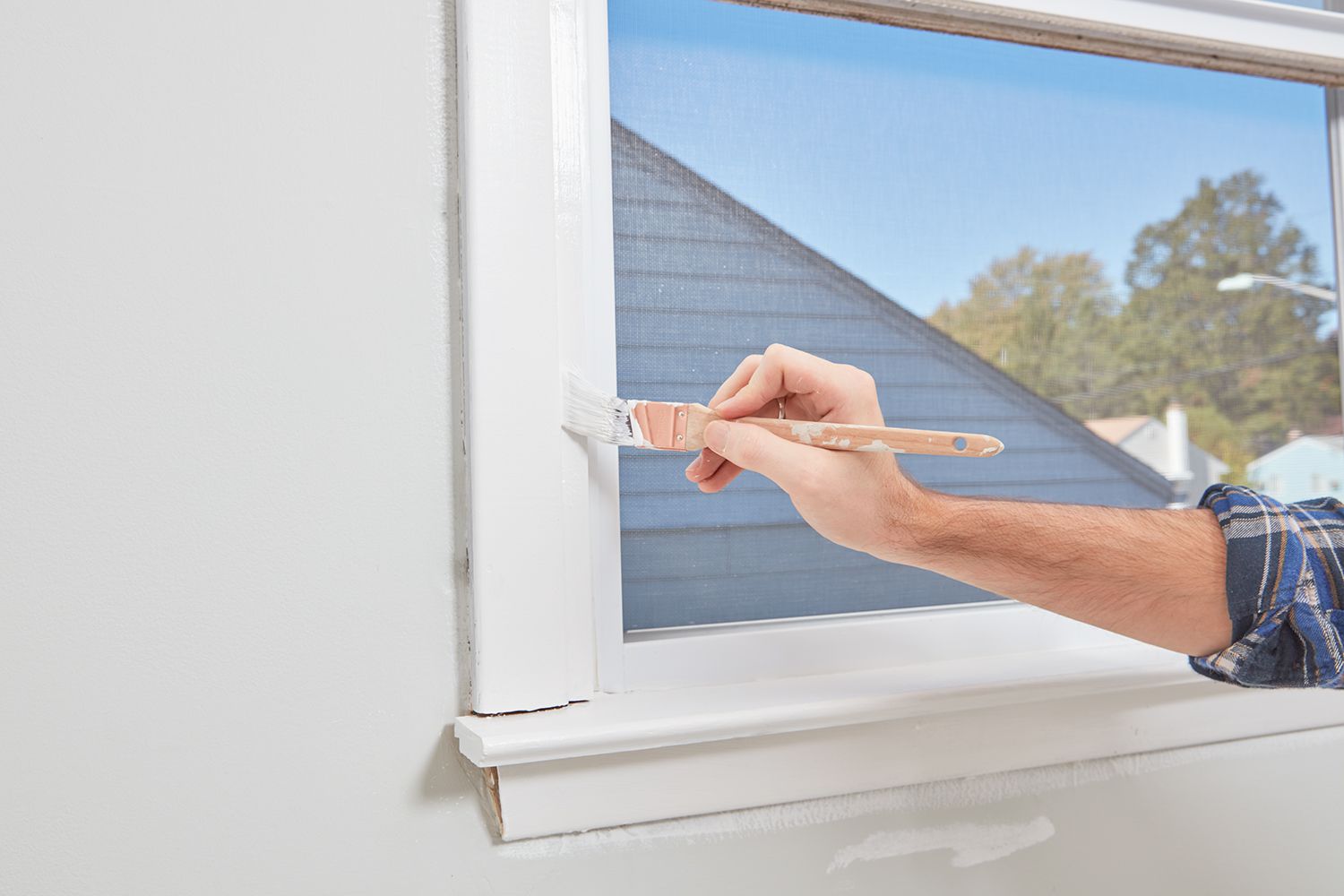

Interior Design
How To Make Paint Dry Faster: According To Pro Painters
Modified: March 20, 2024
Learn the secrets of pro painters to make paint dry faster with these interior design tips. Speed up your painting projects and achieve faster results.
(Many of the links in this article redirect to a specific reviewed product. Your purchase of these products through affiliate links helps to generate commission for Storables.com, at no extra cost. Learn more)
Introduction
Painting is a fundamental part of interior design. It allows us to transform the look and feel of our living spaces, giving them a fresh and vibrant appearance. However, one common challenge that homeowners and professionals alike face is the lengthy drying time of paint.
Waiting for paint to dry can be frustrating, especially when you’re eager to see the final result. Fortunately, there are several techniques you can employ to accelerate the drying process and shorten the waiting time.
In this article, we will explore the factors that affect paint drying time, as well as share valuable tips from pro painters on how to make paint dry faster. Whether you’re a DIY enthusiast or a professional looking to optimize your workflow, these insights will help you save time and achieve professional-looking results.
Key Takeaways:
- Speed up paint drying by using fast-drying paint, adding accelerants, and optimizing the painting environment. Proper application techniques and heat sources can also expedite the process, saving time and achieving professional results.
- Choose the right paint and tools, control temperature and humidity, and employ airflow techniques to accelerate paint drying. Utilize heat sources, fans, and dehumidifiers for faster results, ensuring efficient and effective paint projects.
Understanding the Drying Process of Paint
Before we delve into the methods of speeding up paint drying, it’s essential to understand how the drying process works. When paint is applied to a surface, it initially appears wet and has a high moisture content. As time passes, the liquid portion of the paint evaporates, leaving behind a dry and hardened film.
There are two primary factors involved in the drying process: solvent evaporation and the curing of the paint film. Solvent evaporation occurs when the volatile substances in the paint, such as water or solvents, evaporate into the air. As this happens, the paint gradually becomes thicker and dries.
Curing refers to the chemical reaction that takes place within the paint film. This process varies depending on the type of paint used. For instance, latex or water-based paints cure as the water evaporates and the polymer particles bond together. In contrast, oil-based paints dry through the process of oxidation, where the oxygen in the air interacts with the paint’s oils to form a solid film.
The drying time of paint is influenced by various factors, including the type of paint, ambient temperature and humidity, ventilation, thickness of the paint layer, and the surface material being painted. Understanding these factors will help us explore techniques for expediting the drying process effectively.
Factors Affecting Paint Drying Time
Several factors play a significant role in determining how long it takes for paint to dry. By understanding these factors, you can make informed decisions and take appropriate measures to speed up the drying process. Here are some key factors to consider:
- Type of Paint: Different types of paint have varying drying times. Water-based paints, such as latex or acrylic, typically dry faster than oil-based paints. It’s important to check the manufacturer’s instructions for recommended drying times.
- Ambient Temperature and Humidity: Temperature and humidity levels directly impact the drying time of paint. Warmer temperatures and low humidity promote faster drying, while colder temperatures and high humidity can significantly slow down the process. Aim for a room temperature between 70-85°F (21-29°C) with humidity levels around 40-50% for optimal drying conditions.
- Ventilation: Proper air circulation helps the solvent in the paint evaporate faster. Open windows, use fans, or turn on air conditioning to ensure good airflow in the painting area.
- Thickness of Paint Layer: Thicker layers of paint take longer to dry as the moisture content within the layers needs more time to evaporate. It’s advisable to apply multiple thin coats instead of one thick layer.
- Surface Material: Different surfaces, such as drywall, wood, or metal, have varying absorbency levels. Porous surfaces tend to absorb moisture from the paint, which can extend the drying time. Consider applying a suitable primer to seal the surface and promote faster drying.
By taking these factors into account, you can have a better understanding of why paint may be taking longer to dry in certain situations. Now, let’s move on to some practical tips that professional painters use to expedite the drying process.
Tips for Making Paint Dry Faster
If you’re looking to speed up the drying time of paint, here are some expert tips that can help:
- Use Fast-Drying Paint: Opt for paint products that are specifically formulated for faster drying, such as quick-drying latex paints or spray paints. These types of paint are designed to dry within a shorter timeframe.
- Add Drying Accelerants: There are drying accelerant additives available in the market that can be mixed with paint to speed up the drying time. These additives work by promoting the evaporation of moisture from the paint film. Follow the manufacturer’s instructions for the correct usage and dosage.
- Apply Thin Coats: Applying multiple thin coats of paint instead of one thick coat helps to reduce drying time. Thin coats allow for quicker evaporation of solvents and moisture, leading to faster drying.
- Use Heat: Heat can expedite the drying process of paint. You can use a heat gun or a hairdryer set on a low heat setting to gently blow warm air over the painted surface. Keep the heat source moving to avoid scorching or causing damage to the paint.
- Utilize Fans and Airflow: Increase airflow around the painted area by using fans or opening windows. This helps to facilitate solvent evaporation and promotes faster drying. Position the fans strategically to maximize air circulation.
- Reduce Humidity: High humidity can prolong the drying time of paint. Use a dehumidifier or air conditioner to lower humidity levels in the painting area. Alternatively, you can choose to paint on drier days when humidity is naturally lower.
- Choose the Right Application Tools: Opt for brushes and rollers that are specifically designed for faster drying paints. These tools allow for smoother application and can contribute to quicker drying times.
- Follow Manufacturer’s Instructions: Always refer to the manufacturer’s guidelines and instructions for the specific paint product you are using. They often provide valuable information on recommended drying times and techniques for optimizing the drying process.
By employing these tips and techniques, you can significantly reduce the waiting time for paint to dry, allowing you to complete your projects more efficiently.
Using the Right Paint and Tools
When it comes to accelerating the drying time of paint, using the right paint and tools can make a significant difference. Here are some considerations to keep in mind:
1. Choose Fast-Drying Paint: Selecting a paint product that is specifically designed for faster drying can help speed up the process. Look for paints labeled as quick-dry or fast-drying, which often have a lower water or solvent content and are formulated to dry more rapidly.
2. Consider Water-Based Paints: Water-based paints, such as latex or acrylic, generally dry faster than oil-based paints. These paints have a lower solvent content, which allows for quicker evaporation and drying. Water-based paints are also less likely to yellow over time.
3. Use a High-Quality Paint: Investing in high-quality paint can lead to faster drying times. Premium paints often contain better binders and pigments, resulting in a more even and durable finish that dries efficiently.
4. Opt for Quick-Drying Primers: Applying a quick-drying primer before painting can help accelerate the drying time of the entire paint system. Primers create a smooth and uniform surface for the paint to adhere to, allowing for faster drying of subsequent layers.
5. Select the Right Brushes and Rollers: Using the appropriate brushes and rollers can contribute to faster paint drying. Synthetic brushes, such as those made from nylon or polyester, tend to dry faster than natural bristle brushes. Similarly, using a high-density foam roller or a microfiber roller can help paint dry more quickly due to their superior absorption and smooth application.
6. Consider Spray Painting: Spray painting is known for its fast drying time. Spray paints atomize the paint into tiny particles, allowing for quick and even coverage. However, it’s important to follow proper safety precautions and use spray paint in a well-ventilated area.
7. Use Paint Conditioners: Paint conditioners are additives that can be mixed with paint to improve flow, leveling, and drying time. They can be especially useful when painting in humid or cold conditions, as they help the paint dry faster while maintaining the integrity of the finish. Follow the manufacturer’s instructions for the correct usage and dosage.
8. Clean and Maintain your Tools: Keeping your paint brushes and rollers clean and in good condition ensures optimal performance. Paint buildup on brushes and rollers can hinder proper paint application and drying time. Regularly clean your tools with soap and water or a suitable cleaning agent recommended by the manufacturer.
By using the right paint and tools, you can enhance the drying process and achieve professional results in less time. Next, let’s explore how optimizing the painting environment can help speed up paint drying.
Use a hairdryer on a low heat setting to speed up the drying process of paint. Keep the hairdryer at least 12 inches away from the surface to avoid causing any damage.
Optimizing the Painting Environment
The conditions in which you paint can greatly impact the drying time of your paint. By optimizing the painting environment, you can help expedite the drying process and achieve faster results. Here are some tips to consider:
1. Control Temperature and Humidity: Aim for a moderate temperature and humidity level in the painting area. Warmer temperatures and lower humidity levels promote faster paint drying. Ideally, maintain a temperature between 70-85°F (21-29°C) and a humidity level of 40-50%. You can use a thermostat or a hygrometer to monitor these factors.
2. Ventilate the Area: Adequate ventilation is crucial for fast paint drying. Open windows or use fans to increase airflow in the painting space. This helps to remove moisture from the paint faster and promotes evaporation. Position fans strategically to optimize air circulation and ensure proper ventilation.
3. Avoid Painting in High Humidity: Painting in high humidity conditions can significantly prolong drying times. If possible, choose to paint on drier days with lower humidity levels or use dehumidifiers to reduce moisture in the air. This prevents excess moisture from being absorbed by the paint and slows down the drying process.
4. Use Air Conditioning or Heating: If the painting environment is too cold or too hot, it can impact the drying time. In colder temperatures, using a heater or turning on central heating can help raise the temperature and accelerate drying. Conversely, in hot environments, air conditioning can help regulate the temperature and prevent the paint from drying too quickly.
5. Minimize Dust and Debris: Dust and debris can easily stick to wet paint, extending the drying time and affecting the finish. Ensure that the painting area is clean and free from dust and other particles. Use a soft cloth or a tack cloth to wipe surfaces before painting. Maintain a clean and organized workspace to minimize the chances of dust or debris settling on the paint.
6. Choose the Right Lighting: Adequate lighting is essential when painting to ensure accurate color application and coverage. Use natural or white light bulbs to provide clear visibility. Good lighting helps you identify any areas that may need touch-ups, helping you avoid unnecessary additional layers that can prolong drying time.
7. Allow Sufficient Drying Time Between Coats: When applying multiple coats of paint, make sure to allow each layer to dry properly before applying the next. Follow the manufacturer’s recommended drying times between coats. Rushing the process can result in uneven drying and compromised final results.
By optimizing the painting environment, you create the ideal conditions for paint to dry efficiently. Next, we’ll explore proper application techniques that can help speed up the drying time of paint.
Proper Application Techniques
Applying paint correctly not only ensures a smooth and professional finish but also contributes to faster drying. By following proper application techniques, you can optimize the drying time of paint. Here are some tips to consider:
1. Prepare the Surface: Properly preparing the surface before painting is essential. Clean the surface thoroughly to remove dust, dirt, and grease. Repair any cracks or imperfections and sand the surface to create a smooth base for paint application. A well-prepared surface allows the paint to adhere better and dry more quickly.
2. Use the Right Brushes and Rollers: Choosing suitable brushes and rollers for your paint job is crucial. The type of paint you’re using will determine the appropriate brushes and rollers. Synthetic brushes and high-density foam rollers are known for their quick drying capabilities, as they allow for smooth and efficient paint application.
3. Apply Thin and Even Coats: When applying paint, make sure to use thin and even coats. Thick layers of paint take longer to dry as the moisture within the layers needs more time to evaporate. Start with a small amount of paint on your brush or roller and gradually build up the coverage. This ensures faster solvent evaporation and promotes faster drying.
4. Avoid Overworking the Paint: Overworking the paint by repeatedly going over the same area can prolong the drying time. Once you’ve applied the paint, try to minimize additional brush strokes or roller passes. Work efficiently and avoid excessive reapplication in the same spot. This allows the paint to dry evenly and prevents unnecessary moisture buildup.
5. Feather Edges and Blend Seamlessly: When painting larger surfaces or transitioning between colors, it’s crucial to feather the edges and blend the paint seamlessly. This technique helps to create a smooth transition and avoids visible lines or patches. Feathering the edges reduces the amount of paint buildup, allowing for faster drying in those areas.
6. Be Mindful of Paint Thickness: Maintain a consistent paint thickness throughout the project. Uneven paint thickness can result in uneven drying. Pay attention to corners, edges, and other detailed areas, ensuring that the paint is applied evenly. This helps to achieve consistent drying times across the entire surface.
7. Follow Recommended Drying Times: Each paint product has specific drying times recommended by the manufacturer. It’s crucial to adhere to these guidelines and allow sufficient drying time between coats or before any additional processes, such as sanding or applying a topcoat. Rushing the process can lead to longer overall drying times and compromised results.
By implementing these proper application techniques, you can optimize the drying time of paint and achieve professional-looking results in a shorter timeframe. Next, let’s explore techniques for accelerating paint drying even further.
Techniques for Accelerating Paint Drying
When you’re looking to expedite the drying time of paint even further, there are additional techniques you can employ. These methods can help speed up the evaporation of solvents and moisture, resulting in faster drying. Here are some effective techniques:
1. Use Heat Sources: Applying heat to the painted surface can accelerate drying. You can use a heat gun or a hairdryer set on a low heat setting to gently blow warm air over the painted area. Be sure to keep the heat source moving to prevent scorching or damaging the paint. Heat helps to increase the evaporation rate of solvents, allowing the paint to dry more quickly.
2. Place Fans Strategically: Positioning fans strategically can help create airflow and promote faster drying. Set up fans in the painting area to circulate air and assist in the evaporation process. Direct the airflow towards the painted surface but avoid placing the fans too close, as this may cause the paint to dry unevenly. Remember to take safety precautions and avoid positioning fans near open containers of paint or flammable materials.
3. Utilize Dehumidifiers: If you’re painting in a high-humidity environment, using a dehumidifier can help remove excess moisture from the air. A dehumidifier helps create a drier environment, enabling the paint to dry more quickly. Place the dehumidifier in the vicinity of the painted area, and follow the manufacturer’s instructions for optimal usage.
4. Apply Airflow Techniques: Enhance airflow around the painted surface by employing various techniques. You can open windows or doors to create cross-ventilation, allowing fresh air to circulate and aid in drying. In addition, you can use oscillating fans or ceiling fans to improve air circulation, further facilitating the drying process.
5. Consider Infrared Heaters: Infrared heaters emit radiant heat that can significantly speed up the drying process. These heaters warm up objects and surfaces directly without heating the surrounding air. Placing an infrared heater near the painted surface can help accelerate solvent evaporation and promote faster paint drying.
6. Use Drying Accelerants: Drying accelerants, such as paint additives or drying agents, can be mixed into the paint to expedite the drying process. These additives help increase the evaporation rate of solvents, allowing the paint to dry more quickly. Follow the manufacturer’s instructions and dosage recommendations when using drying accelerants.
7. Try Assisted Ventilation: Assisted ventilation involves using air movers or industrial fans to generate stronger and directed airflow. These powerful fans can significantly enhance air circulation and accelerate the drying time of paint. Assisted ventilation is particularly useful for larger painting projects or areas with restricted natural ventilation.
By implementing these techniques, you can further optimize the drying time of paint and reduce waiting periods. However, be mindful of safety precautions and follow the manufacturer’s guidelines to ensure proper usage of heating devices and other drying methods.
Now that you are armed with various techniques for accelerating paint drying, let’s conclude our discussion.
Conclusion
Waiting for paint to dry can be a frustrating aspect of any painting project, but with the right knowledge and techniques, you can significantly reduce drying times. By understanding the drying process of paint and the factors that affect drying time, you can make informed decisions and take appropriate measures to speed up the process.
In this article, we explored various tips and methods for making paint dry faster. Using fast-drying paint, adding drying accelerants, applying thin coats, and utilizing heat sources can all help expedite the drying time. Optimizing the painting environment by controlling temperature and humidity, increasing ventilation, and reducing dust and debris can also contribute to faster drying. Additionally, employing proper application techniques and following recommended drying times ensures efficient and effective paint drying.
Remember, it’s essential to choose the right paint and tools for your project. Opt for fast-drying paints, consider using water-based options, and select brushes and rollers that aid in quicker drying. Creating the ideal painting environment by controlling temperature, humidity, and ventilation will further enhance the drying process.
By implementing these techniques and following professional advice, you can achieve faster drying times without compromising the quality of your paint job. However, always refer to the manufacturer’s instructions and guidelines for specific paint products for the best results.
With these tips and techniques at your disposal, you can confidently embark on your next painting project, knowing that you have the knowledge and tools to make paint dry faster. Enjoy your newly transformed spaces with reduced waiting times and professional-looking results!
Frequently Asked Questions about How To Make Paint Dry Faster: According To Pro Painters
Was this page helpful?
At Storables.com, we guarantee accurate and reliable information. Our content, validated by Expert Board Contributors, is crafted following stringent Editorial Policies. We're committed to providing you with well-researched, expert-backed insights for all your informational needs.
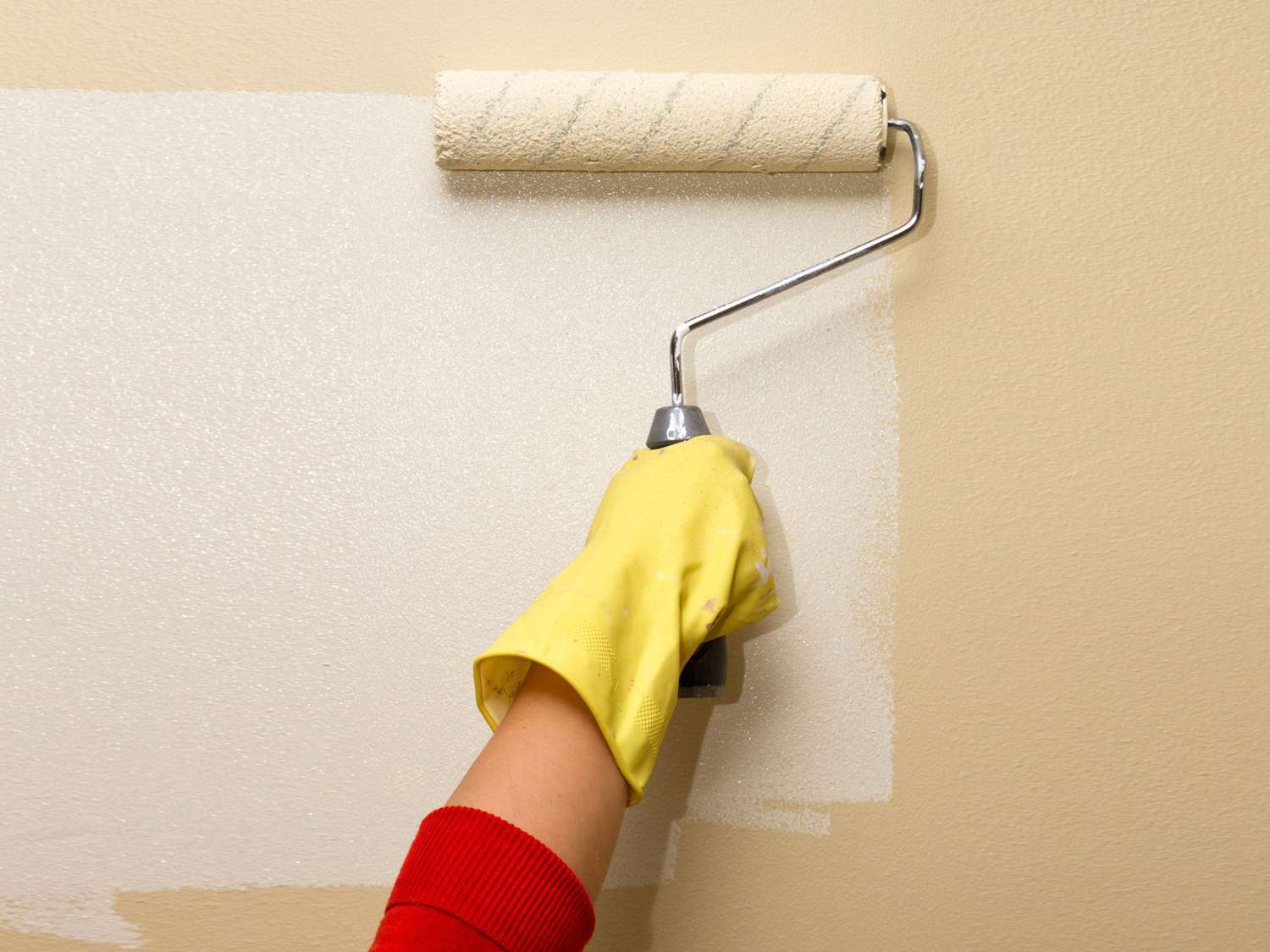


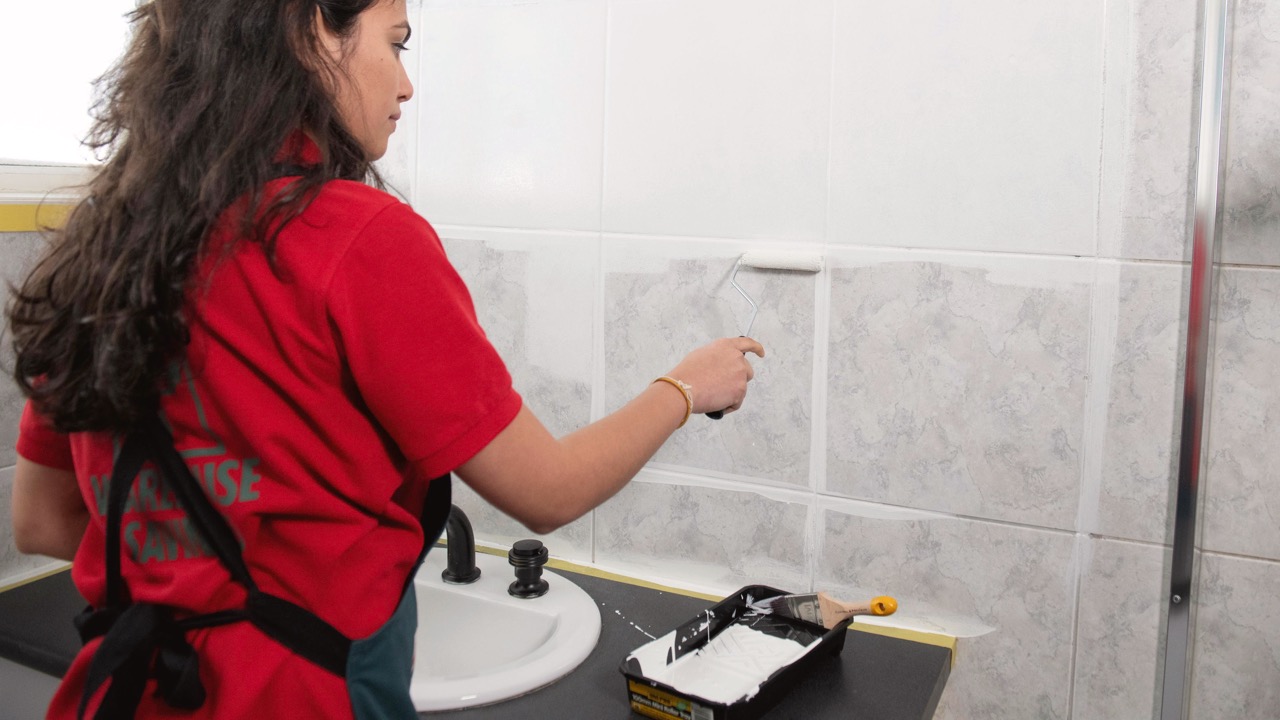
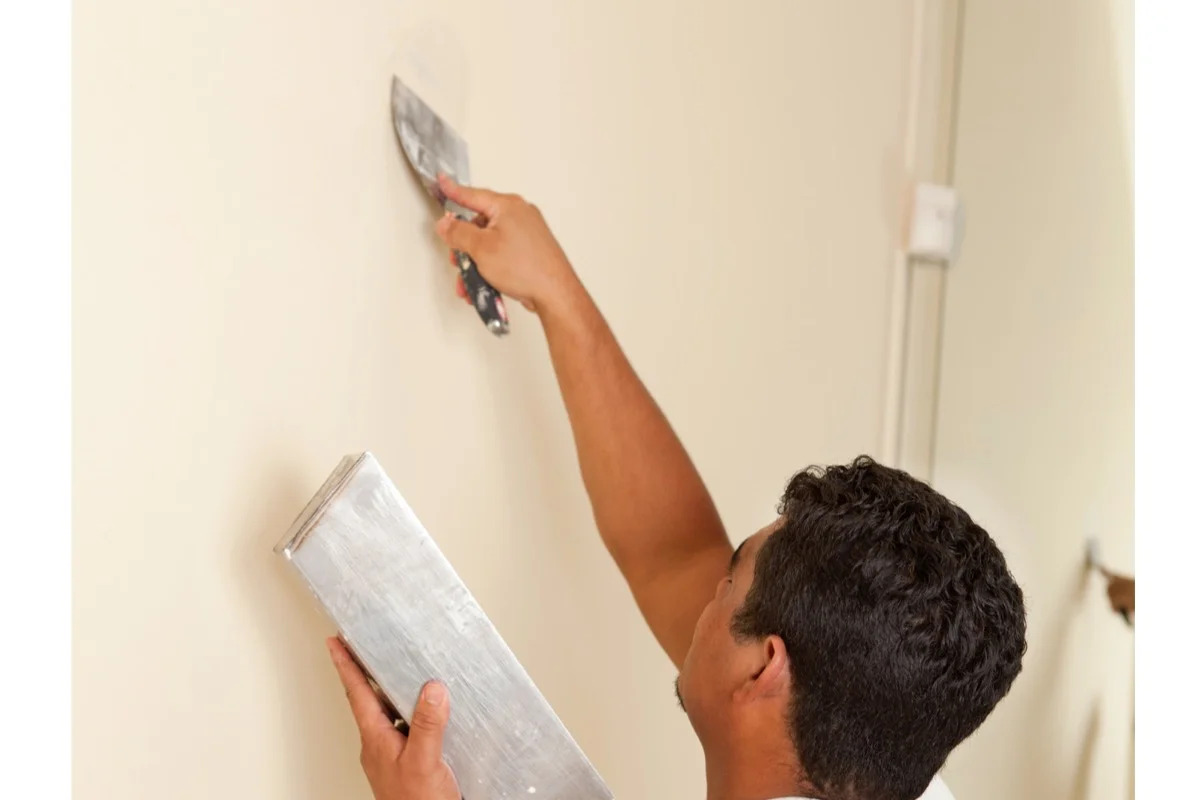
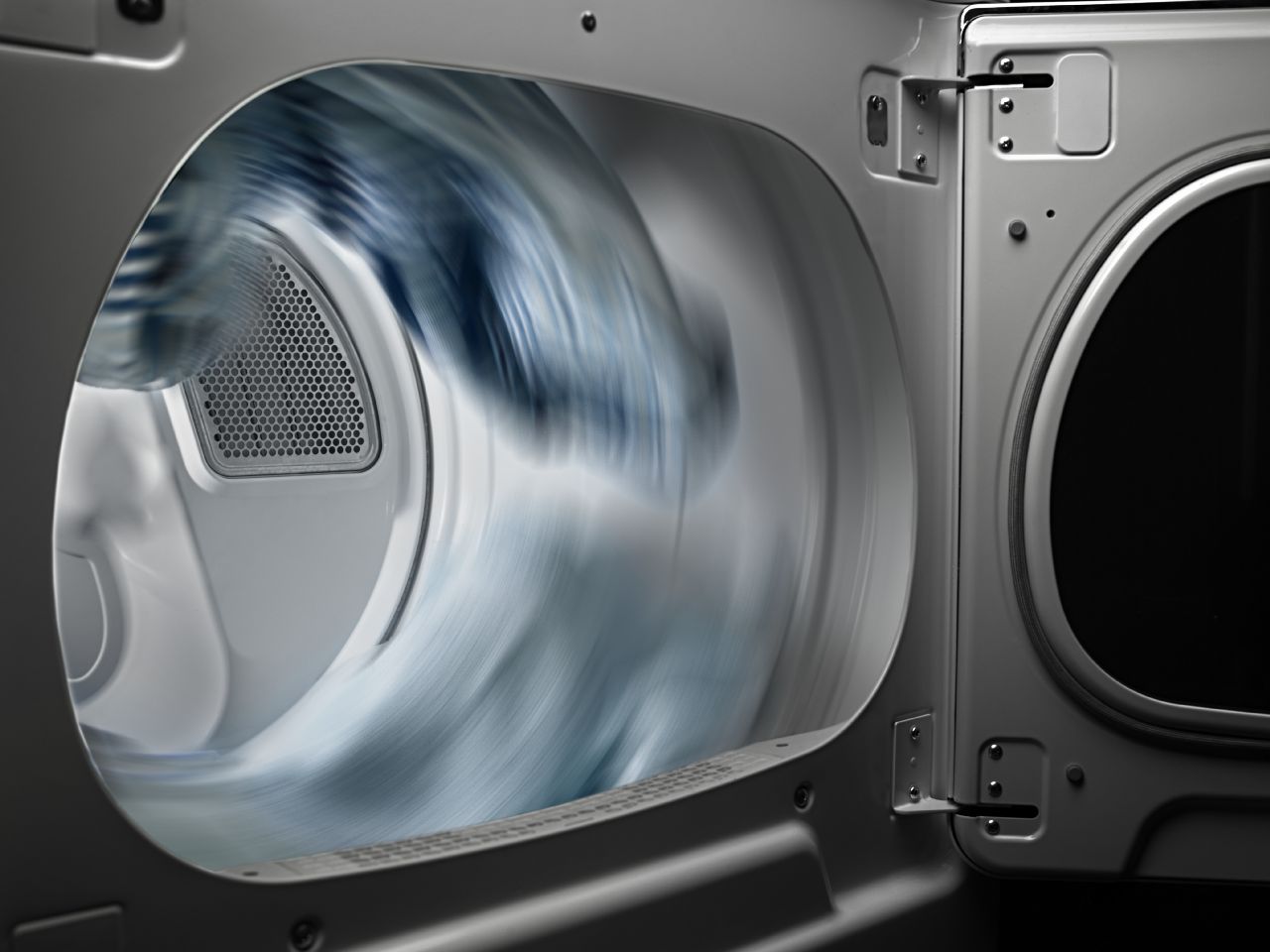
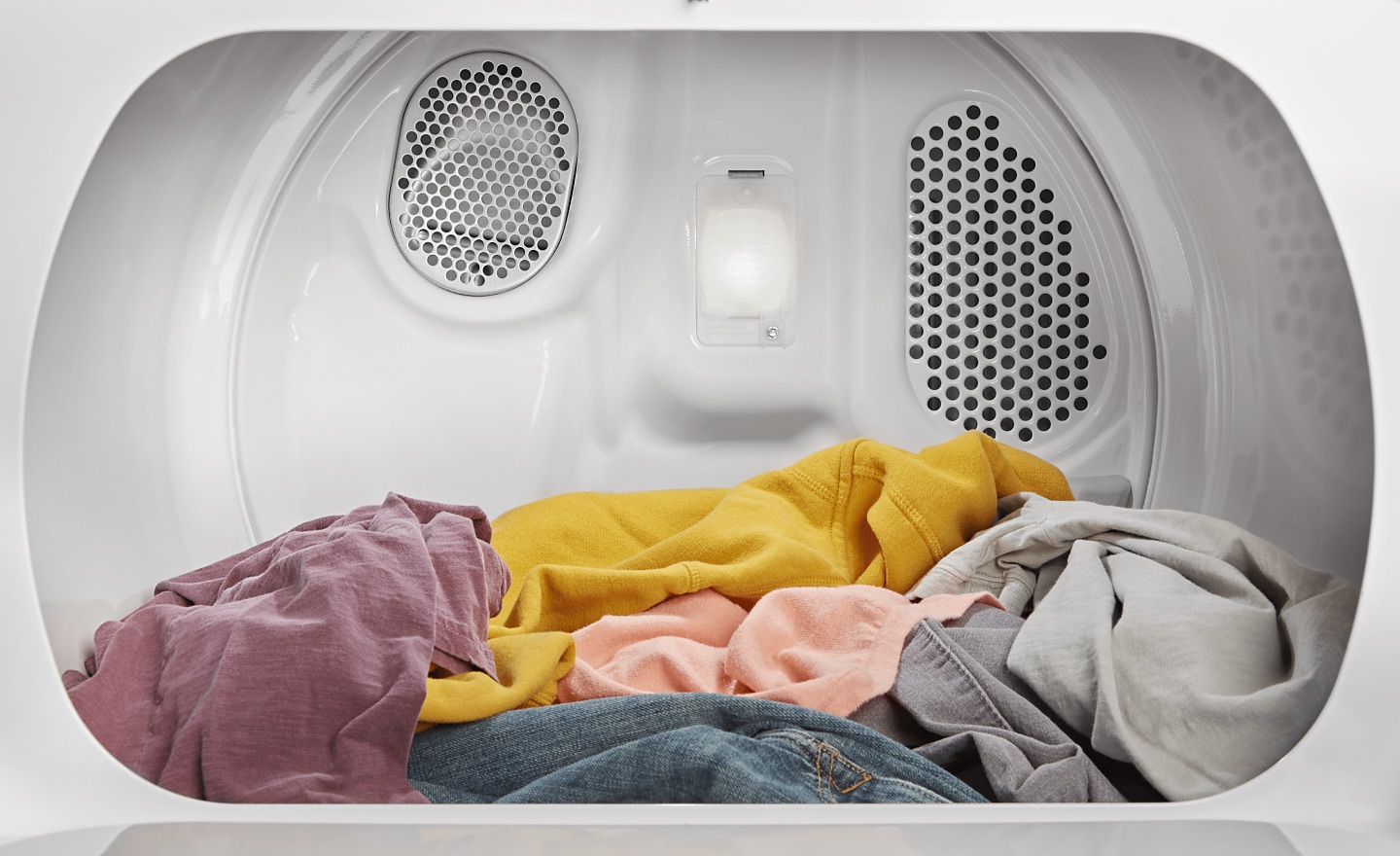
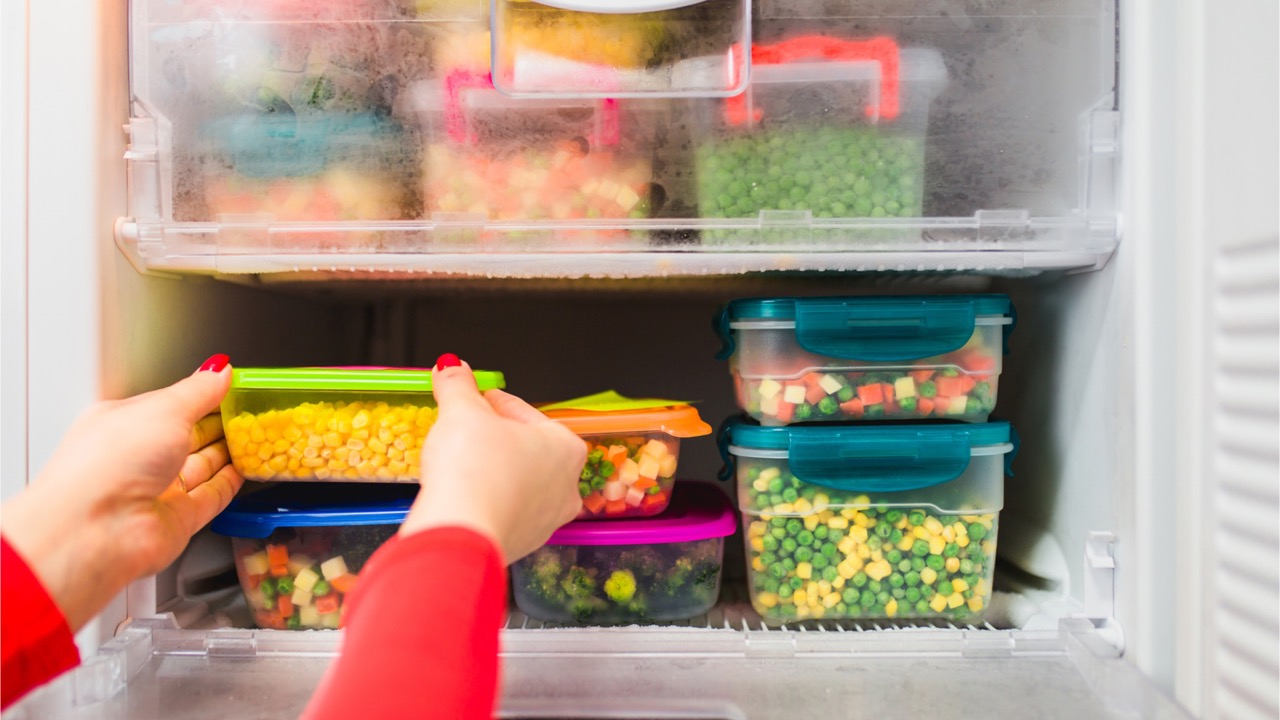
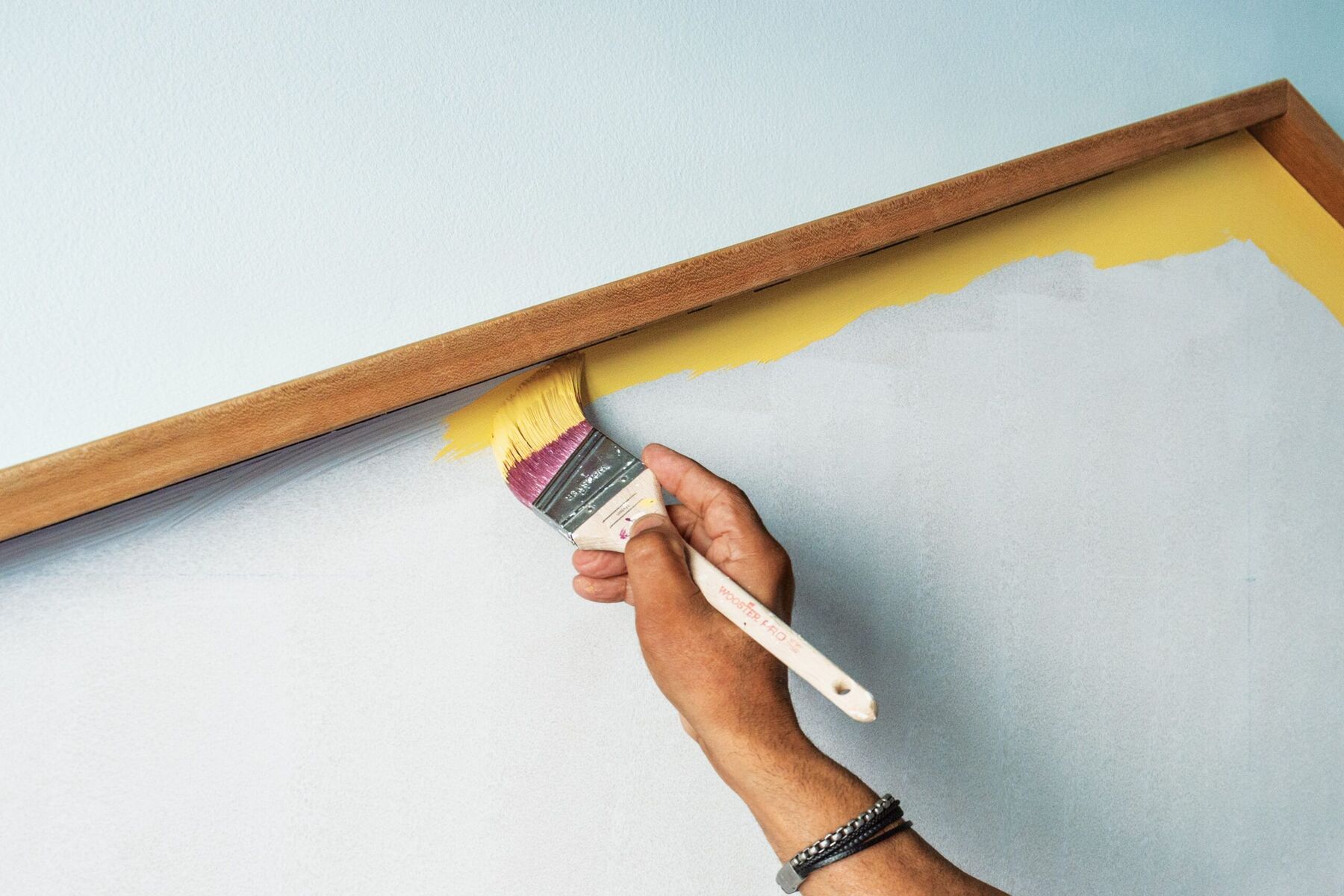
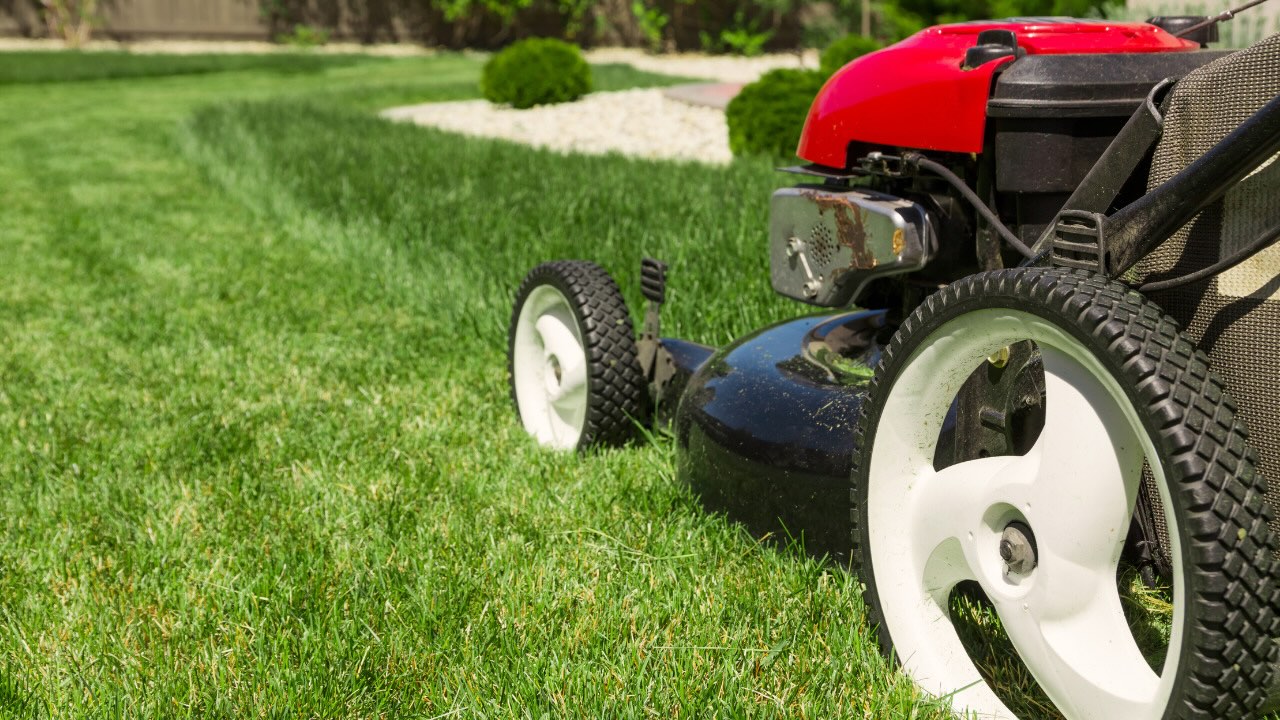
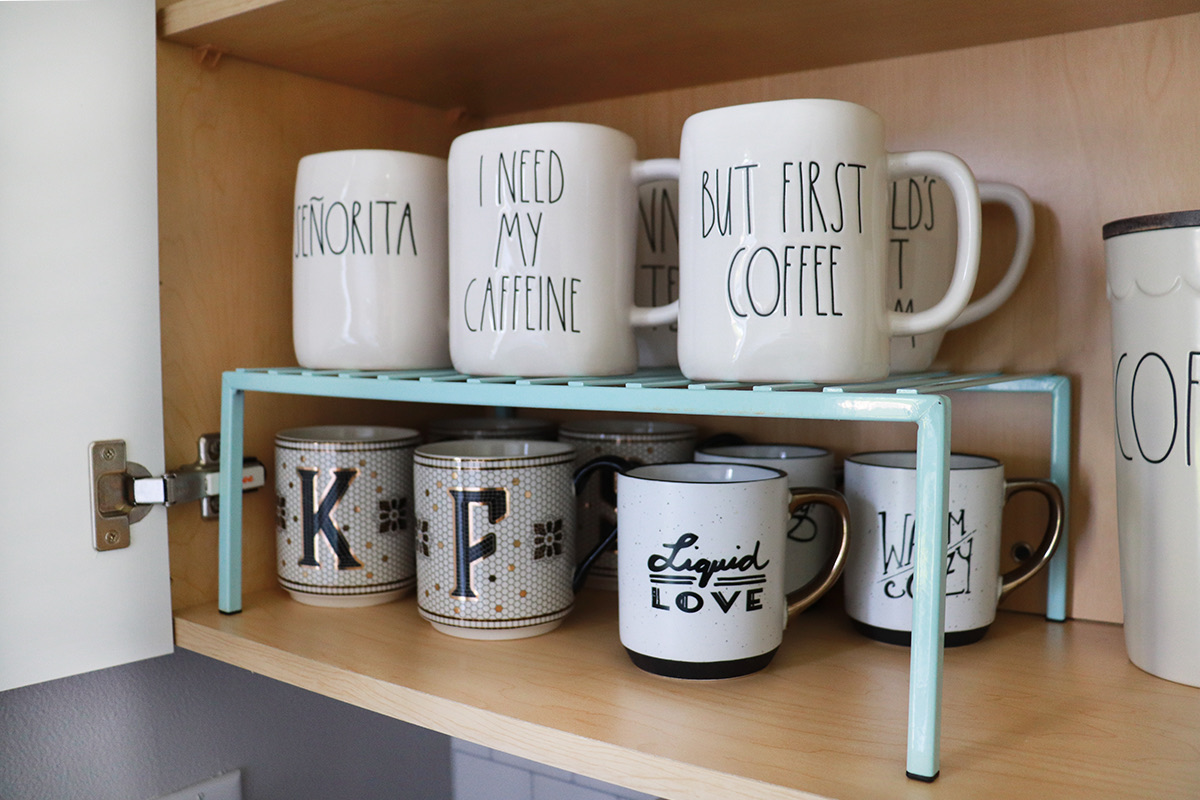

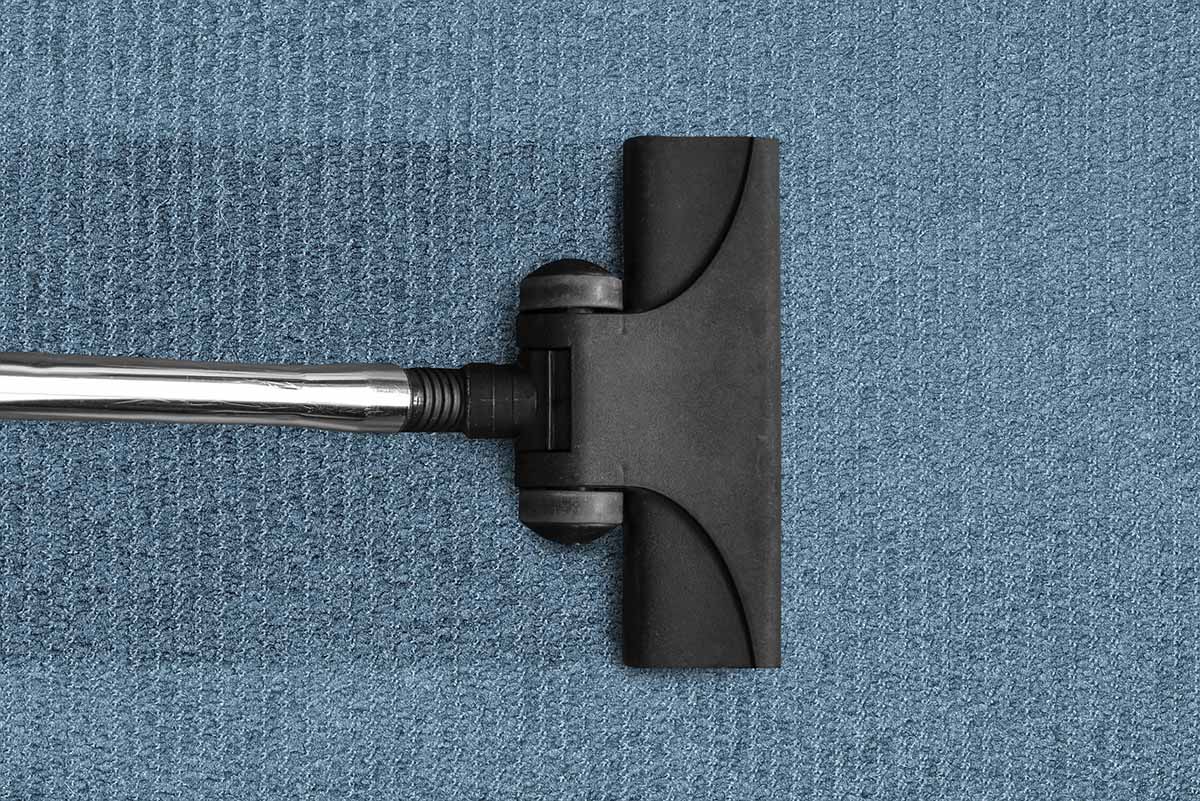


0 thoughts on “How To Make Paint Dry Faster: According To Pro Painters”